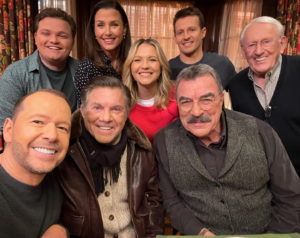
When Blue Bloods premiered, few could have predicted the level of respect it would garner within law enforcement circles. Much of this admiration stems from the show’s dedication to portraying police work with integrity and accuracy. Among its cast, one actor’s performance has become a standout example of how television can bridge the gap between fiction and reality.
A Role Rooted in Research
The actor’s preparation for his role goes far beyond memorizing lines. He’s known for shadowing police officers, participating in ride-alongs, and even undergoing basic tactical training to understand the physical and psychological demands of the job. By immersing himself in the world of law enforcement, he’s gained a profound respect for the profession—a respect that shines through in every scene.

Tackling Real Issues
One reason real-life officers connect with his portrayal is the show’s willingness to tackle pressing issues. From debates about police reform to the personal struggles officers face, his character’s journey reflects the evolving challenges of modern policing. This commitment to addressing real-world concerns has made Blue Bloods a touchstone for discussions about the role of law enforcement in society.
Bridging Fiction and Reality
For many officers, watching Blue Bloods is more than entertainment—it’s a source of validation. The show’s portrayal of camaraderie, family values, and ethical dilemmas resonates deeply with those who serve. This connection is particularly strong during the iconic Reagan family dinner scenes, where the actor’s thoughtful delivery often mirrors the conversations happening in police households across the country.
